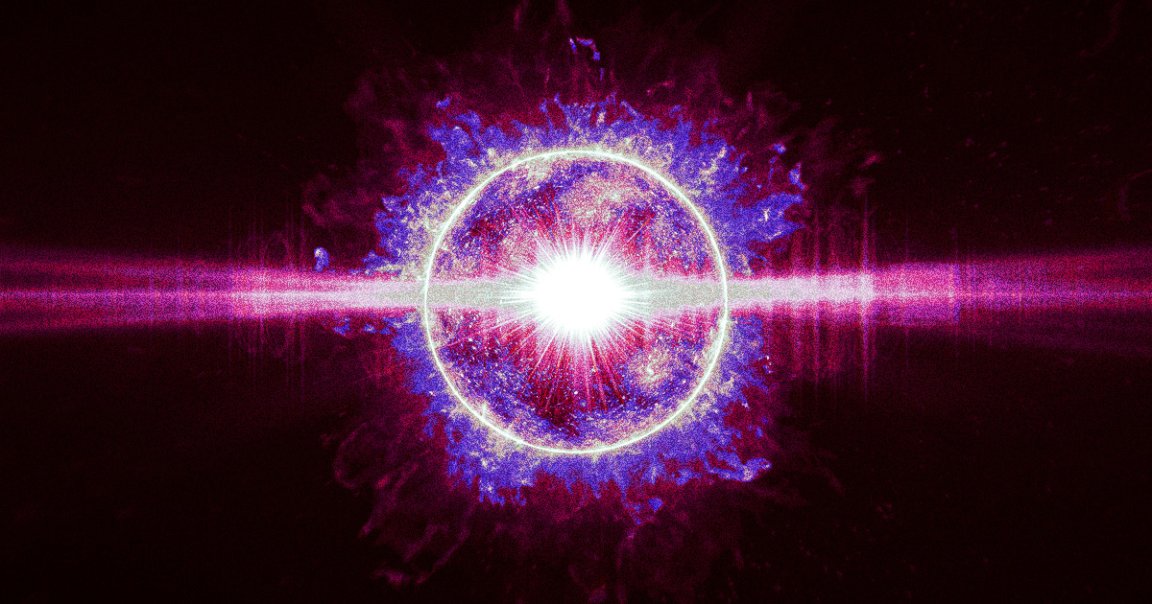
Out With a Bang
Look out for more than fireworks this summer. A massive star in the arm of the Pinwheel Galaxy (M101) has exploded — aka gone supernova — and its fiery death throes, Astronomy reports, are expected to be visible for months, even from amateur backyard telescopes.
The supernova, now designated as SN 2023ixf, was first seen by supernova hunter Koichi Itagaki of Japan on May 19th. Star watchers at the Zwicky Transient Facility in California confirmed the cosmic explosion by finding images of the supernova taken automatically two days before Itagaki discovered it, according to NASA.
“For reasons we don’t completely understand, massive stars seem to convulse at the end of their lives, shedding their outer layers into space,” tweeted Andy Howell, a professor at the University of California, Santa Barbara and an astronomer at Las Cumbres Observatory. “It is just too hard to catch a star in the act because most are so far away, or we don’t find the supernova early enough. This supernova will teach us a lot.”
Bright Young Things
Astronomers quickly determined that the cosmic explosion is a Type II supernova, in which a massive star’s core suddenly collapses when it runs out of fuel and can’t counteract its own gravity.
The supernova’s home galaxy is relatively close by, a mere 21 million light years away from us, give or take a parsec or two, with NASA saying the blast is “the closest supernova seen in the past five years.”
Since the supernova is relatively close by and young, by cosmic standards, scientists are eager to study it, hoping it could provide exciting new details on the evolution of massive stars and how they die.
Sky Pollution
Sky watchers also took the opportunity to grouse about Elon Musk’s SpaceX satellites clogging up the starry firmament, in the increasingly prominent rift between the billionaire and the astronomical community.
“Nothing like a piece of Elon Musk space junk to ruin a livestack of a supernova image,” tweeted David Fuller, as he shared an image of the Pinwheel Galaxy and the supernova, with the bright path of a Starlink satellite cutting across the image.
More on astronomy: Scientists: SpaceX Satellites Threaten “Astronomy Itself”